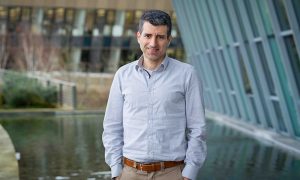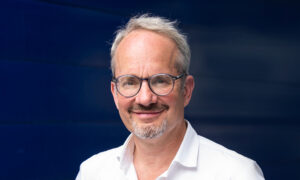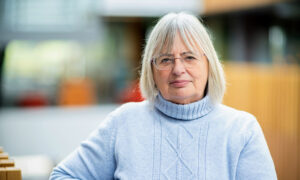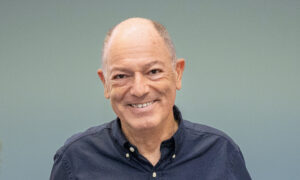
Where ‘Sleeping Beauty’ is more than a fairy tale
Kendrew awardee Irma Querques keeps ‘writing’ scientific success stories, and this unique transposon is often at the heart of them
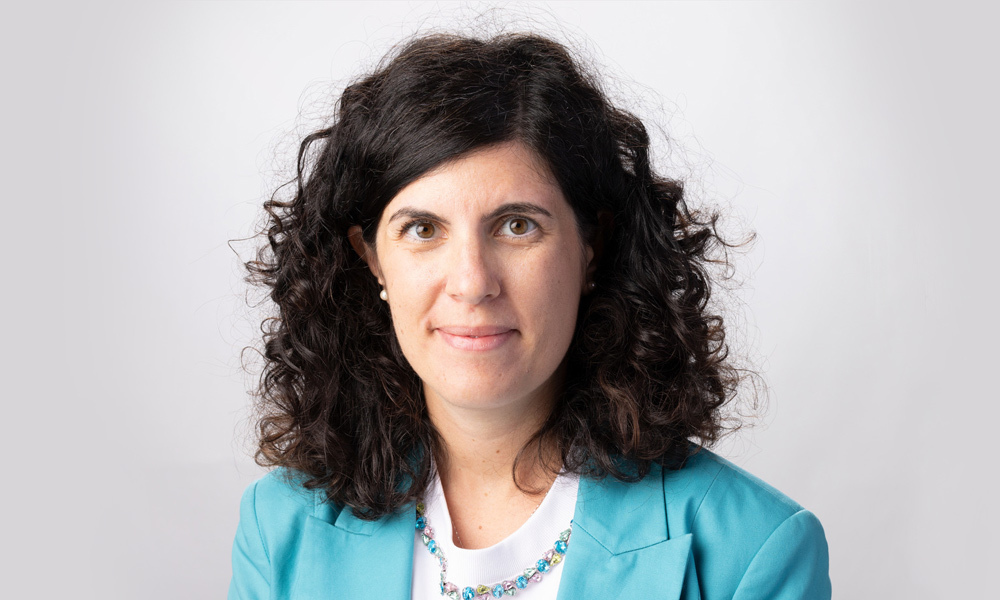
Growing up in a small, southern Italian town better known for its medieval fortress than as a birthplace of scientists, Irma Querques liked stories and thought she wanted to be a writer. However, she later came across DNA and genome engineering, which took her down a path towards biotechnology. There she found stories of a different kind, some of which she would ultimately write herself. Today, she’s harnessing fundamental research for much-needed drug development – a better ending than one often gets from a classic fairy tale.
And because so much of her career has centred around an unusual transposon called ‘Sleeping Beauty’, the comparison seems apropos.
“The story of the Sleeping Beauty transposon is almost poetic: reawakened from a long evolutionary sleep and repurposed as a genetic tool,” Querques said. “What has amazed me is how something so simple – a protein and some DNA sequences – could so efficiently integrate genes with several promising applications.”
Querques is a Group Leader and Assistant Professor at the Max Perutz Labs, University of Vienna. In 2025, she was awarded EMBL’s John Kendrew Young Scientist Award, which recognises excellence in science and/or science communication. In her case, she found a way to engineer and control this fairy tale-like transposon to create the genetic tool she is speaking of. She and the co-inventors now have U.S. patent protection for a Sleeping Beauty-charged technology that can produce therapeutic agents, particularly against cancer. Additionally, her interest and involvement in clear science communication and outreach intended for broader audiences began at EMBL and continues today as she shares information about her own research group.
We had the opportunity to learn more about what has propelled Querques’ scientific interests and career forward. Here is what we learned:
What first sparked your interest in biotechnology and genome engineering?
My curiosity about how life works at the molecular level came first. In school, I was fascinated by the idea that DNA carries instructions, and that nature has evolved ways to read, change, and control that code. Toward the end of high school, I met a researcher working in biotechnology, and that completely changed my perspective. I realised that science is not just about understanding biology, but also about using it to create solutions that can truly help people. That idea sparked a fire within me. Genome engineering, in particular, felt like the most exciting frontier. The fact that we can rewrite DNA to treat or even prevent diseases was incredibly inspiring. It’s a field where fundamental science can lead to transformative technologies. From that moment on, I knew this was what I wanted to do.
What was it about transposons – particularly Sleeping Beauty – that captured your imagination during your PhD at EMBL?
My passion for transposons began just before my PhD. While searching for a master’s thesis lab, I came across Orsolya Barabas’s research at EMBL. I realised I knew almost nothing about transposons, as they weren’t even mentioned in my textbooks! That curiosity pulled me in. The more I learned, the more fascinated I became by these ‘selfish’ genetic elements that can move DNA and reshape genomes across all forms of life. I focused on understanding the link between structure and function and how that knowledge could help design genome engineering tools with greater stability, control, and fidelity. It was the perfect example of how basic, mechanistic science can be translated into powerful applications.
You’ve worked on both Sleeping Beauty and CRISPR-associated transposons. What excites you most about the possibilities these systems open up for genome editing?
When I worked on Sleeping Beauty, the main critique was that although it was efficient and simple, it inserted DNA randomly. I remember a reviewer asking: why care about transposons when CRISPR offers targeting? But CRISPR-Cas systems alone don’t integrate DNA. Then, in 2017, CRISPR-associated transposons were discovered, systems that combine CRISPR’s targeting precision with transposase-based insertion. When I started my postdoc in 2019, this was confirmed experimentally.
CRISPR-associated transposons can now achieve site-specific gene insertion at promising efficiency levels, potentially even for therapeutic use. The challenge is that they’re incredibly complex and difficult to deliver. But they represent a powerful proof of concept: natural molecular machines showing us what’s possible when it comes to inserting large DNA payloads into specific genomic loci. However, there’s still no one-size-fits-all solution for site-specific gene insertion.
What excites me most is that these systems offer a new logic for genome editing. Yet each one is a unique molecular machine with its own set of rules that we’re still working to decode. It’s both a technological opportunity and a basic research adventure.
How did your time at EMBL shape your scientific journey and prepare you for high-risk, high-reward research?
At EMBL, I learned that great science requires freedom, purpose, and connection.
First, freedom: the freedom to ask bold questions, to explore, and to risk failure. EMBL was the first place where I truly felt free to experiment and to dare, rather than follow a strict plan.
Second, purpose. EMBL taught me that experiments must be guided by a clear biological question. You need a roadmap – an idea of where you’re going – even if the path shifts along the way.
Finally, science is never a solo journey. Collaboration is essential. EMBL fosters an interdisciplinary, collaborative environment where ideas are shared across fields. That experience shaped how I approach research, not as a solitary endeavour, but as a team effort.
In both my PhD and postdoc, I had the privilege of working with amazing colleagues, and it was teamwork that made the difference. Now, as I build my lab in Vienna, my goal is to carry forward this culture. EMBL didn’t just train me as a scientist; it shaped the way I think about doing science.
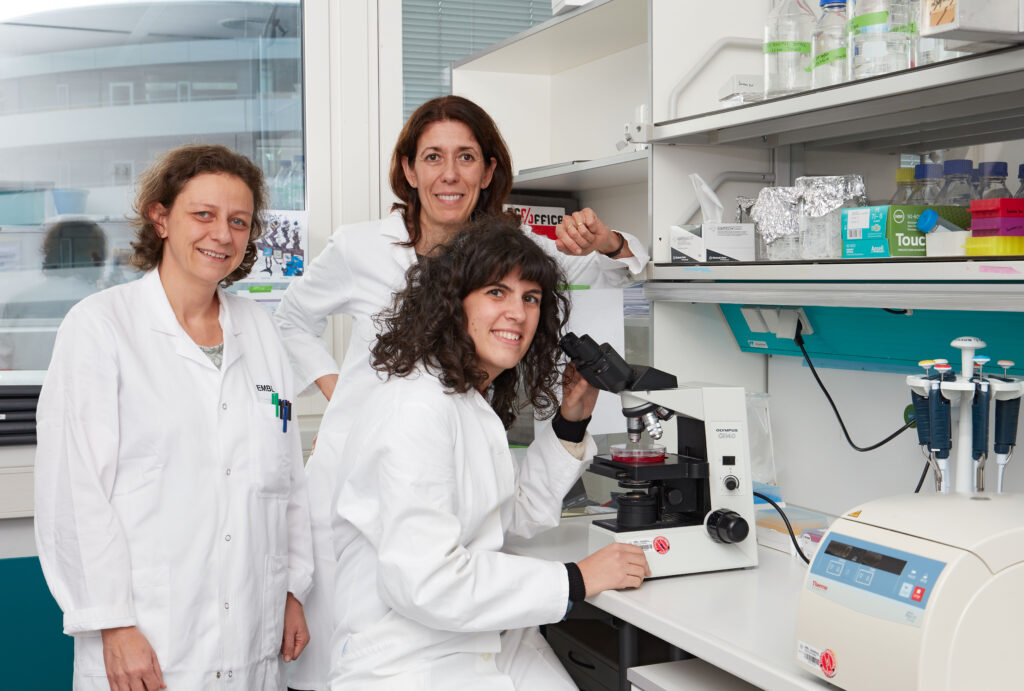
What are the biggest scientific questions you’re currently exploring in your lab?
I’m fascinated by how transposons invade and move within genomes. To succeed, they must co-evolve with hosts, spreading without causing excessive damage. Understanding that balance between genetic conflict and coexistence could reveal new biology and inspire novel genome engineering approaches.
I’m also interested in what I call the ‘sociology’ of transposons: how they interact with one another. Is there only competition, or can there also be synergy among mobile genetic elements? This is a new perspective.
Traditionally, research has focused on how organisms defend themselves against transposons, viewing them as harmful. Yet, since a large fraction of genomes consists of transposons, it’s time we also recognise mobile genetic elements as integral components of genome identity.
I firmly believe we need to move beyond the binary of ‘self’ and ‘non-self’ in genomic thinking. Mobility is an inherent property of DNA, and by embracing this, we can gain a deeper understanding of genome function and evolution. As I shape my research programme, I keep this idea at the core: aiming to learn from transposons to uncover insights that not only advance basic science but also pave the way for future biotechnologies.
You’ve been praised for your ability to translate complex genome engineering systems into technologies with real-world potential. How do you bridge the gap between structural biology and clinical application?
It starts with asking the right questions, not just how a system works, but how it could work better in a therapeutic context. Structural biology provides a high-resolution map, a blueprint. From there, it becomes a matter of engineering: redesigning interfaces, modifying protein dynamics, or integrating new control mechanisms.
But it doesn’t stop in the lab. Collaboration is key. Engaging with clinicians, biotech developers, and regulatory experts ensures that what we build is truly usable. It’s a constant dialogue between fundamental science and unmet medical needs.
I see structure-based design as a bridge that connects deep mechanistic understanding with innovation. And it requires both imagination and rigour: the ability to look at a molecule and ask, ‘What else could this do?’
You’re also an active science communicator. Why is it important to engage with the public, and what have you learned through outreach?
Science should be accessible; it shapes everyone’s future. I wouldn’t call myself a science communicator, but I’ve enjoyed exploring different ways to share my passion for science. I organised a lab experience for high school students in my hometown in Italy, and I’ve experimented with collaborations involving visual artists and hip-hop dancing to communicate scientific ideas.
All of these were learning experiences, just like doing science. What matters is the freedom to try, the purpose behind the message, and the connections you create. I want people to see that scientists are not isolated ‘lab rats’. We’re people, connected to society, driven by curiosity and a desire to contribute.
Communicating science also sharpens my thinking. Explaining something to a broad audience often reveals assumptions I hadn’t questioned. It’s also a reminder of the human side of our work – the ethical, emotional, and societal dimensions. Outreach keeps me grounded and reminds me why the work matters.
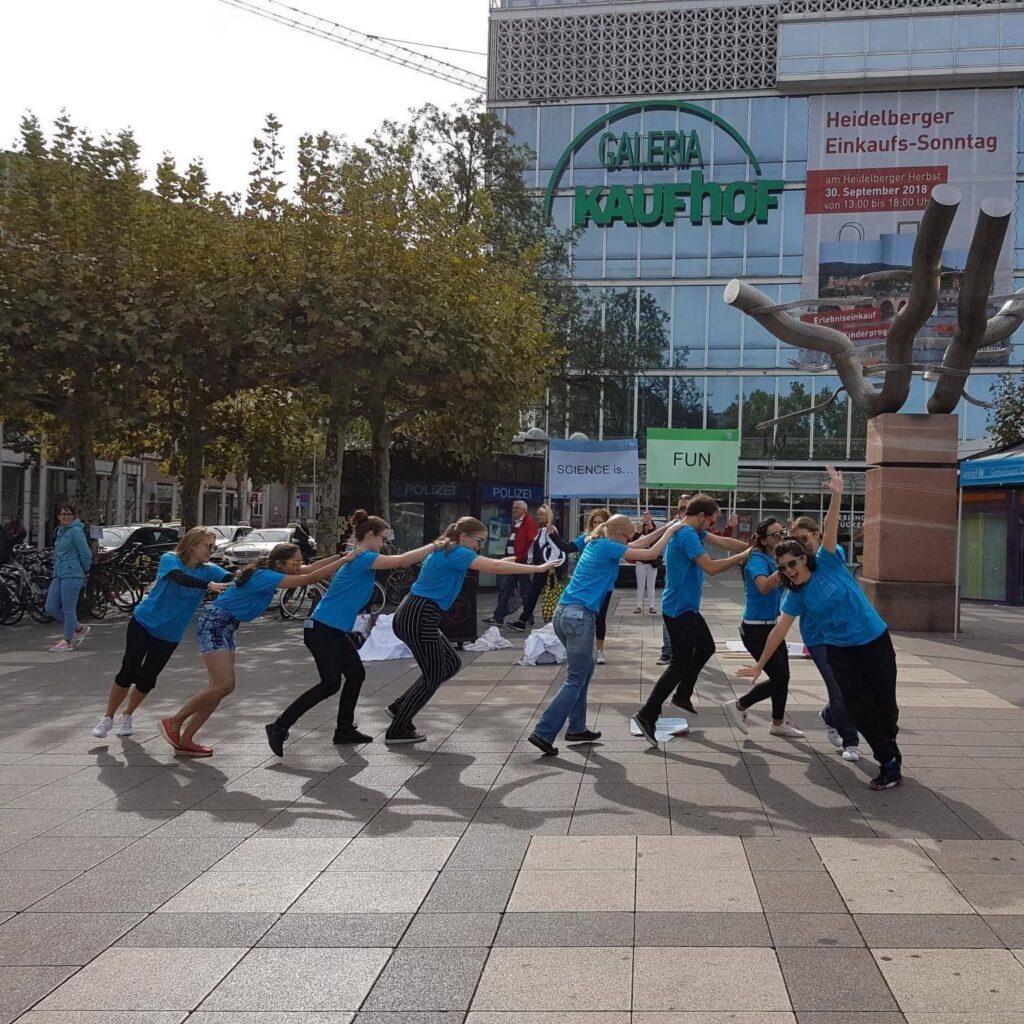
What does receiving the John Kendrew Award mean to you?
It’s a profound honour, especially coming from (and returning to) EMBL, which has shaped so much of who I am as a scientist. Personally, it’s a moment of deep gratitude. I’m thankful for my mentors, Orsolya Barabas and Martin Jinek, as well as for the colleagues, collaborators, and research teams who have supported and inspired me along the way.
Professionally, it’s a powerful reminder of the responsibility that comes with scientific leadership. It motivates me to keep asking bold questions and to mentor the next generation with the same care and encouragement I received. I’m also proud that transposons, a research topic once seen as niche, are now recognised for their scientific and technological relevance. This award is not just a personal milestone; it’s a sign that curiosity-driven research can lead to meaningful, unexpected impacts.
Since 2011, the EMBL John Kendrew Young Scientist Award has been generously funded by philanthropist Roland Specker. Click here to watch Querques’s presentation at the 2025 EMBL Alumni Awards Ceremony on 11 July 2025.
